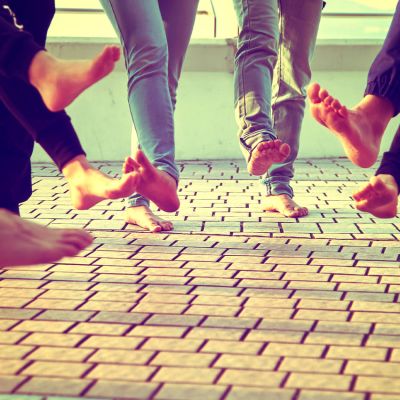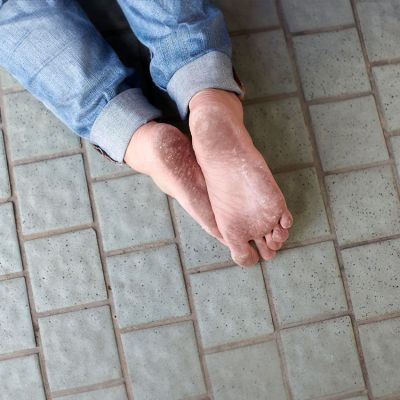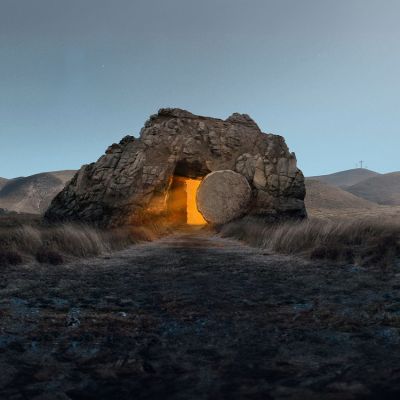Written by Clara Chiu (Head of Partnership Development)
Awakened by Getting into the Impoverished’ Shoes
CEDAR Fund organises Barefoot Walk, our flagship walkathon, every November. Participants have to walk barefoot along a designated route in Hong Kong. We have to prepare almost a year in advance to make it happen, including venue application, route planning, experiential activities’ design, promotional collateral production and event registration. One of the preparation works involves all our colleagues: our trial barefoot walk on the planned route, and it recalls my first day in the CEDAR Fund –‘Colleagues Barefoot Walk’.
It was my first time walking on the street barefoot. Apart from dirtiness, I got worried about people’s gaze. Yet, I was walking with my colleagues, and the process was quite relaxing, which helped me overcome my embarrassment. Unfortunately, we did not have enough time and had to return before reaching the finishing point.
On the day of the Barefoot Walk, as the leader of a group, I had to lead participants to walk from the starting point to the finishing point along Ma On Shan Promenade. The last part of the journey, our colleagues’ unfinished trip in ‘Colleagues Barefoot Walk’, consisted of only two short crossroads, and then we would reach the finishing point at the church. I knew it took two minutes, and I dashed with an excited heart for the finishing point. However, when I stepped onto the crossroad, I immediately knew something was wrong: the asphalt pavement was hot and prickly. I felt like walking on pins and needles, and the pain in my feet made every step heavy and difficult.
I, the leader, watched my teammates walking towards the goal one by one, and I could only bear the pain and limp. The journey was short, but I felt eternal. I became more anxious when my teammates walked further away. ‘The spirit is willing, but the flesh is weak.’ I could only forgo my desire to catch up with my team.
At the finishing point, volunteers who had done their work stood at the church’s entrance, formed a ‘cheerleading squad’ to welcome the participants close to the finish. As a staff, I should thank our volunteers for their passion, but I was too drained to respond to others by the end of the journey. I could only focus my energy and willpower on finishing the route.
When I entered the church, the floor was smooth like silk. ‘This is the Heaven!’ I thought at once. Dirtiness and others’ gaze were no longer significant. I imagined myself living in poverty and walking barefoot every day, and I found that walking comfortably was already like living well in heaven. Knowledge-based believers in wealthy countries may have many theological discussions on ‘heaven’ or ‘the Kingdom’. However, for people experiencing poverty, the Kingdom they long for may be as simple as a healthy body and a worry-free life. If I did not experience the difficulty of barefoot walking in the Barefoot Walk (streets in Hong Kong are much smoother and safer than those in developing countries, as shown in my colleagues’ overseas trip photos), I could not have the awakening by putting myself into the impoverished’s shoes. When the general public lacks experience in frontline work, they can only hear about the circumstances of poor countries from the news and NGOs. The increase in their head knowledge cannot connect them emotionally with people experiencing poverty. I thank God for letting me connect with the poor through the Barefoot Walk, which awakened and motivated me to care about the poor.
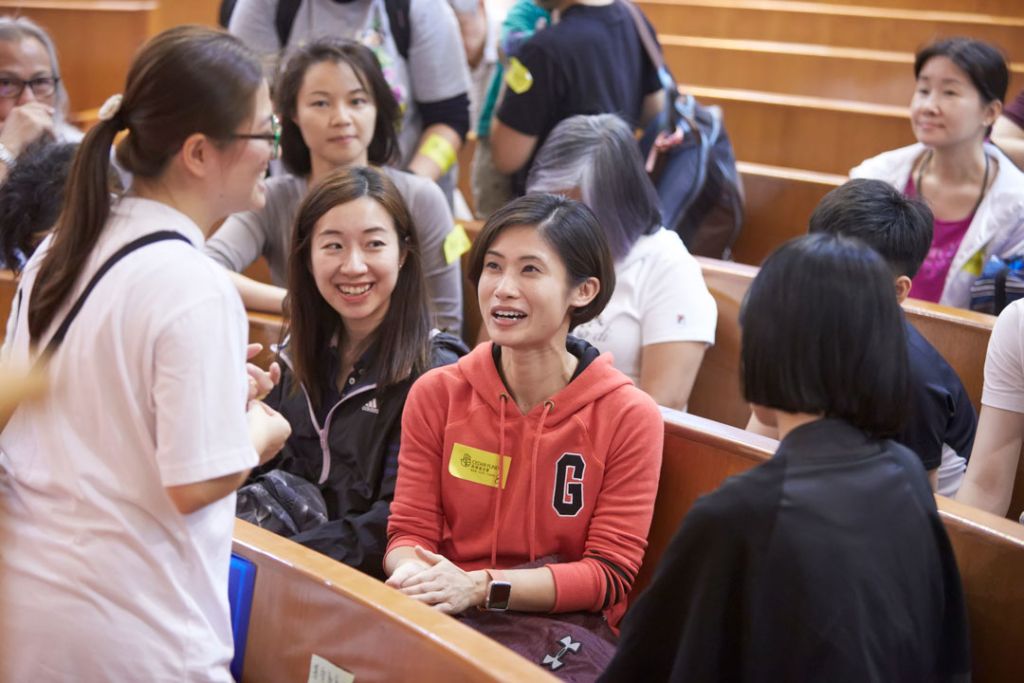
Entering the Life of the Poor
It was my first time participating in the Barefoot Walk on my first day of work at CEDAR Fund, but a loyal supporter has participated for more than ten years since 2006. This experienced barefoot walker is Rev. Ben Cheung.
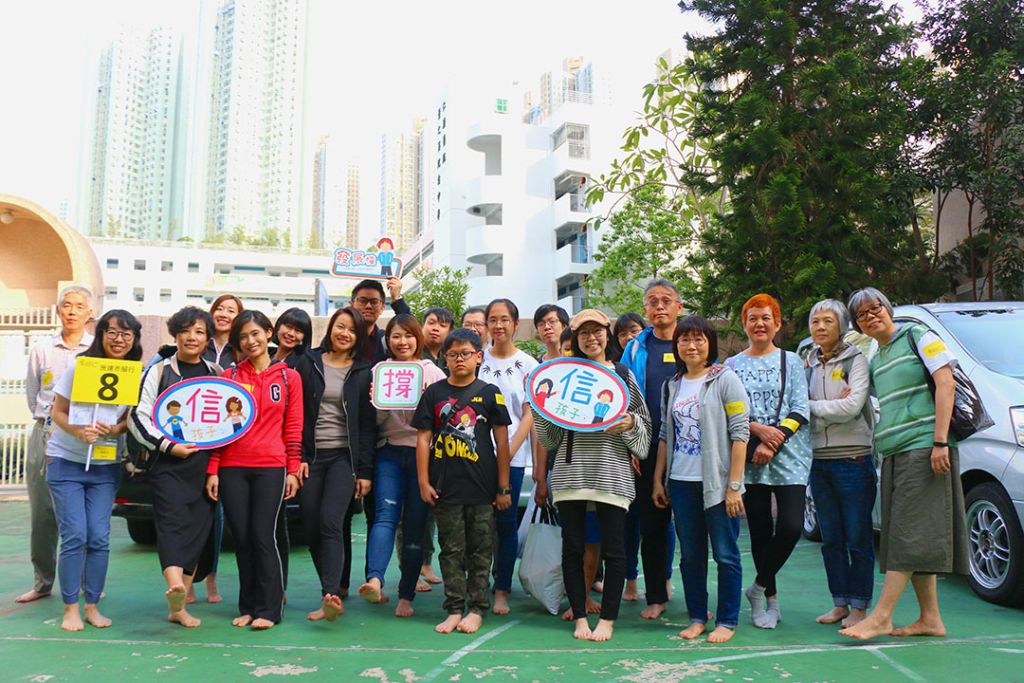
When we asked Rev. Cheung why he had joined the Barefoot Walk for years, he shared that the Walk was a learning platform to challenge himself to be humble and to abandon comfort. So how did he overcome the pain in his feet? He said the Barefoot Walk was just held annually in urban areas that were relatively comfortable. And the time walking barefoot on rough pavements was short, and he did not find it too difficult compared to those living in poverty and not even having basic living conditions.
In his past participation, the Barefoot Walk was held on the Peak and even in the school. Later, ‘exploitation’ activities were added, bringing him insightful experiences. No matter where the event occurred and what it included, he believed that taking off one’s shoes meant laying down one’s identity and dignity. To him, believers should follow Jesus, who became flesh and dwelt among us with a humble identity, washed the disciples’ feet and served others. Barefoot Walk gave him a down-to-earth experience to enter the poor’s life and reflect on their circumstances, making him humble and more empathetic toward people experiencing poverty.
Rev. Cheung joined the Barefoot Walk every year, and he would encourage church members to participate in groups when pastoring the church. Although brothers and sisters have sacrificed so much time for their family, work and ministry, they responded happily to Rev. Cheung’s call to join the Walk. According to Rev. Cheung, his church’s gathering is divided by age, while the Barefoot Walk is for all ages, allowing brothers and sisters to join together like an extra church gathering. However, persistence is a challenge. Therefore, Rev. Cheung signed up every year and hoped his members could support it in the long run.
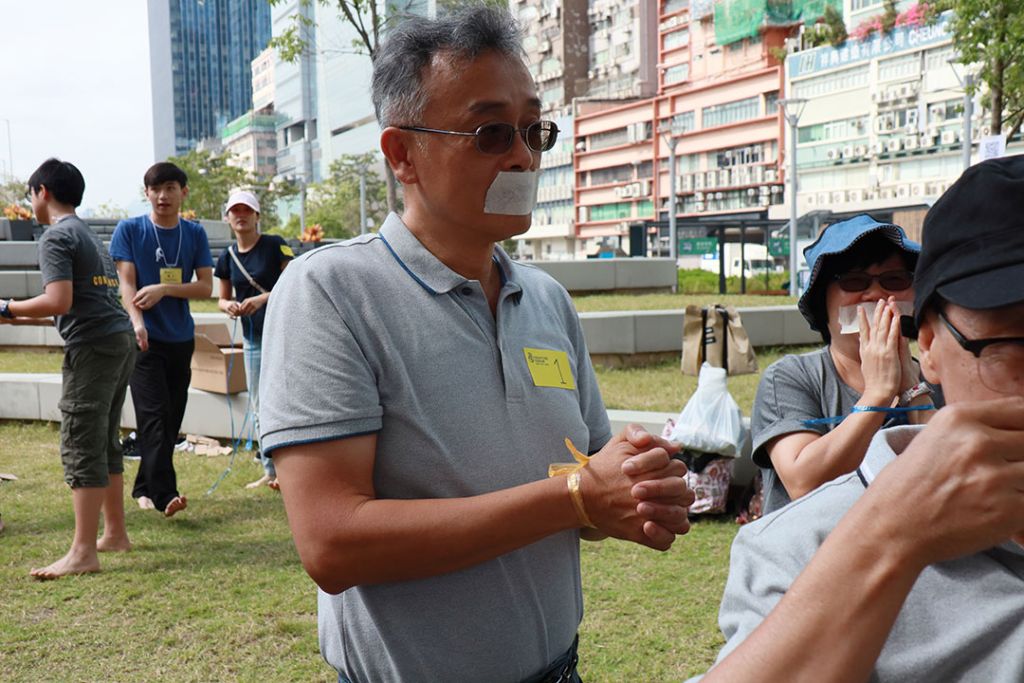
Connecting People to Serve the Poor
CEDAR Fund’s walkathons in the earliest days were not barefooted. Such experience was added in November 2001. Our former colleague, Alice, was on the organising committee. She wanted the event not only to raise funds but also include experiences related to the people living in poverty, with the hope that the barefoot touch on the ground could create a more profound experience for participants, enhancing the Walk’s educational meaning and helping the participants know clearly who (people experiencing poverty) and what (poverty alleviation) they were walking for.
Being amongst the pioneers of organising the Barefoot Walk, what remarkable experience does Alice have? She highlighted a year when she invited four children to be the Barefoot Walk ambassadors, who were sons of hers and another colleague. The colleagues thought it could encourage supporters who could not come in person to support others, like children and the elderly, to participate in the event. ‘Give what you can’ is a cliché, but this is also a way to connect with people. Everyone contributes what they can afford toward the same goal. Colleagues poured out their energy and time to organise this event, and they were thrilled to see people endeavouring for the impoverished.
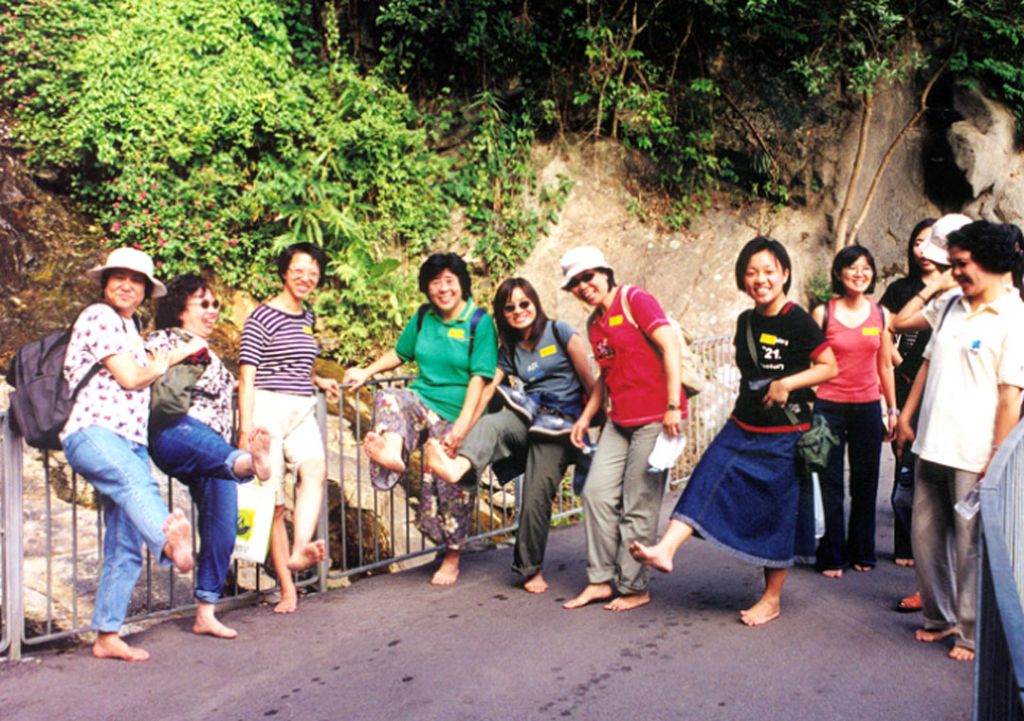
Before touching moments emerge, be it 2001 or 2023, colleagues always feel uneasy while preparing for the Barefoot Walk: government department’s approval for the route; contingency plans for the route, the use of the venue and bad weather; the fewer-than-expected registration number, and whether the fundraising amount met our target. Alice encourages current colleagues that our joy comes from the participants’ satisfied faces when they accomplish the challenge and lift their dirty feet for group photos at the finishing point.
We hope to see you, the joyful people, on 4 November at the Barefoot Walk.
ARTICLES OF THIS ISSUE
Written by Clara Chiu (Head of Partnership Development) Awakened by Getting into the Impoverished’ Shoes CEDAR Fund or…
Written by Ken Wong (Communications Officer) The ‘Barefoot Walk’ is an activity that allows participants t…
Written by Rev. Sameul Leung (Senior Pastor, Ma On Shan Ling Liang Church) Or don’t you know that all of us who were b…
Written by Tony Chan (Partnership Development Consultant) For years, CEDAR has been sharing the issue of human traffic…



